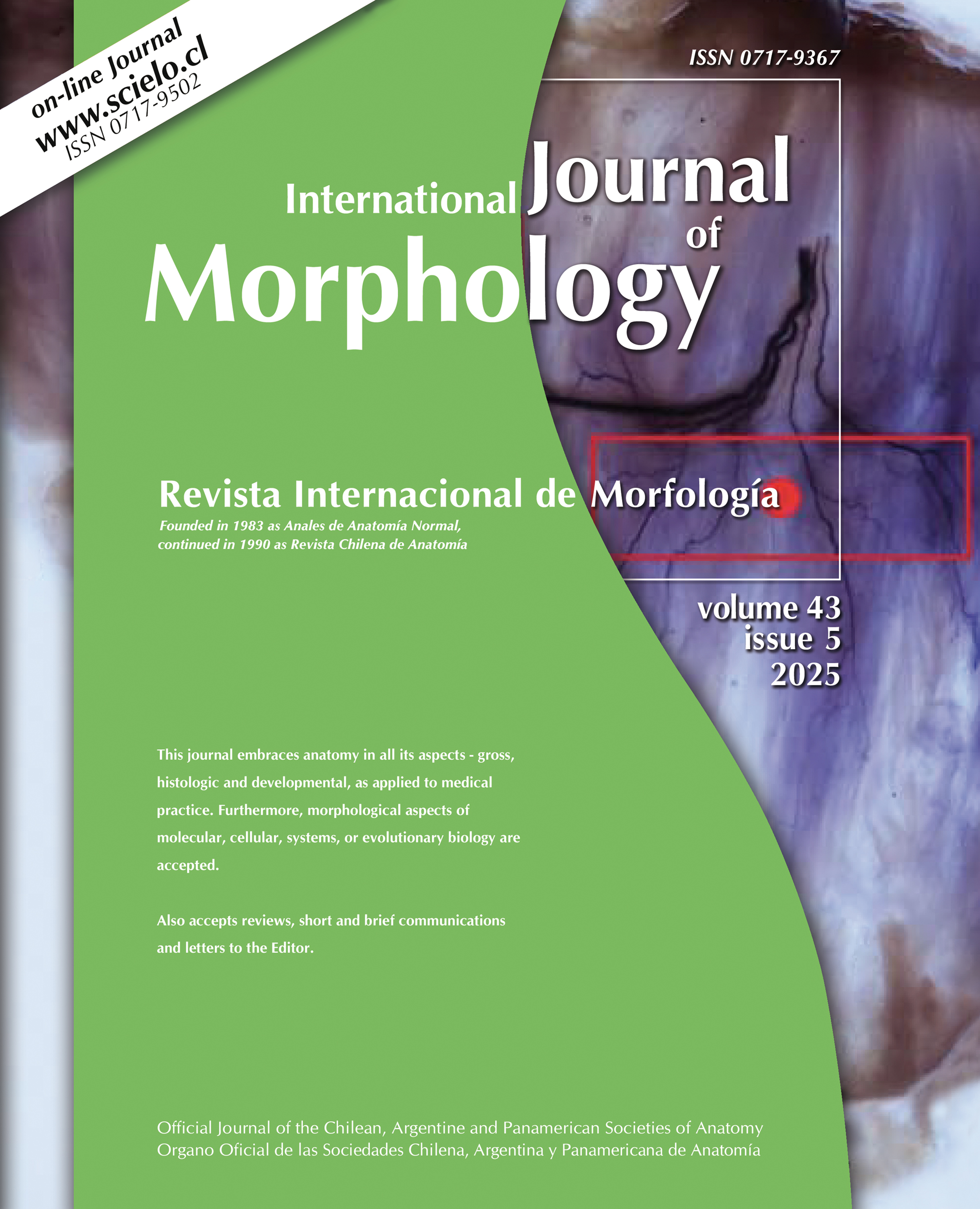The Relationship Between the Presence of Mast Cells and the Gleason Index in Human Prostate Cancer
Jiaying Liang; Jinbao Wang; Xiting Lin; Jingying Long; Keqi Yang & Chengjun Zhao
Summary
Obesity is a significant risk factor for chronic kidney disease (CKD) development. Essentially, dissolved materials in the liquid fraction of blood are formed into a filtrate by the action of glomerulus. In this way, the kidney remove waste and recycle filtered nutrients (including water) via uriniferous tubules (namely renal tubules and collecting ducts), which can reabsorb and secrete some components in urine. When long-term fat accumulation occurs in the kidney, it accelerates a series of kidney damage, e.g. inflammation and fibrosis. It has been suggested that excess lipid accumulation led to lipotoxicity and may be the major driver of water reabsorption dysfunction. Moreover, long-term fat accumulation further leads to tubular diseases. However, the direct mechanism by which obesity contributes to kidney damage based on downregulation of AQPs expression remains elusive. Here, our data showed that 90-day HFD feeding induced obesity in rats that exhibited multiple pathological damage in kidney, especially, downregulation of AQPs protein level, including AQP2, AQP3 and AQP4, high expression of TGFβ1, Smad2, ADRP and CD36. Accordingly, we further emphasized on the mechanism between the tubulointerstitial inflammation and fibrosis and AQPs caused by lipotoxicity, revealing a potential intervention strategy for the clinical treatment in future. KEY WORDS: Obesity; Kidney damage; Uriniferous tubules; AQPs; Lipotoxicity.
How to cite this article
LIANG, J.; WANG, J.; LIN, X.; LONG, J.; YANG, K. & ZHAO, C. Study on the mechanism of kidney damage caused by obesity based on downregulation of AQPs expression in rats. Int. J. Morphol., 43(2):622-631, 2025.





























